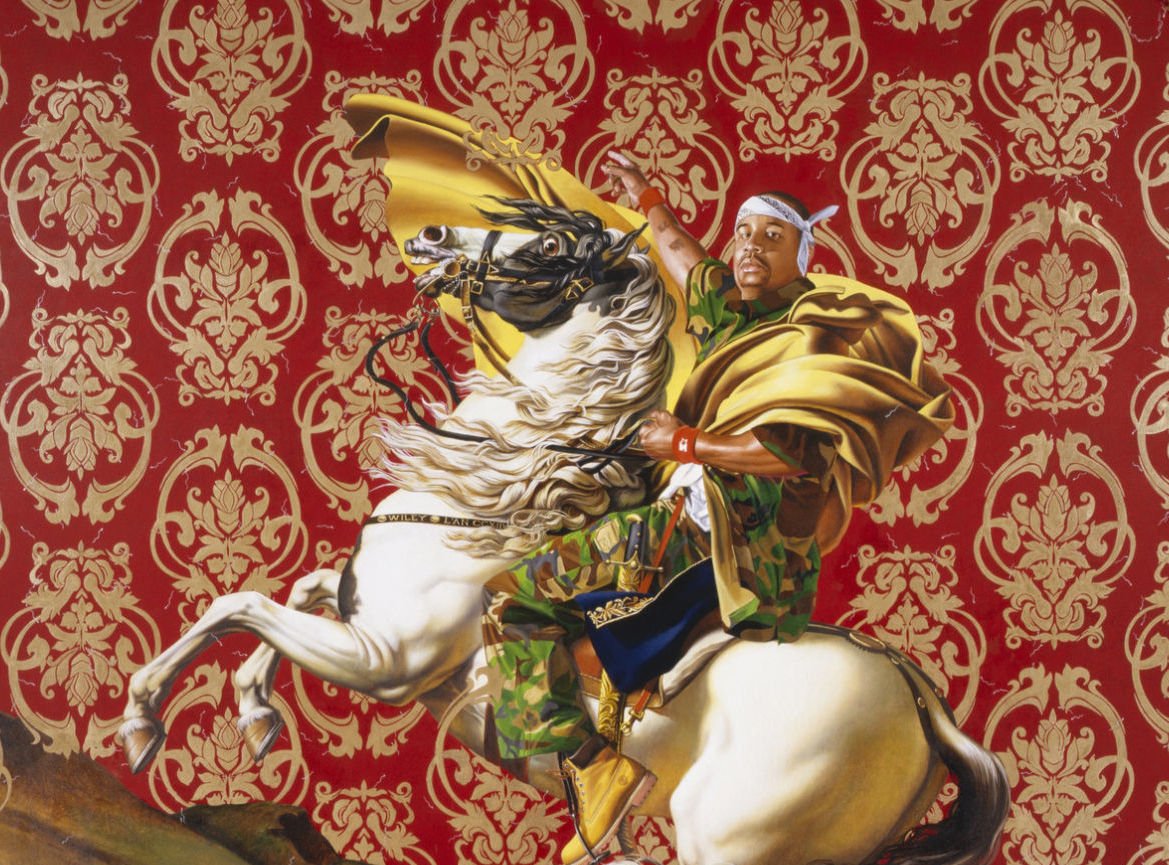In episode 5 of “Ways of Hearing” by Damon Krukowski talks about how companies use algorithms to give us more personal suggestions on what we might like. Music, movies, ads and friend suggestions are all based on our history. Is that too invasive? Should our previous interests be recorded for the benefit of these large corporations?
Technology has made huge advancements throughout the years. Algorithms are definitely helpful when we get bored of our song libraries or want a new movie to watch. I’ve been suggested many things I ended up liking. On the contrary, the means to create these suggestions does feel a little too desperate and invasive. In my paper, I will agree with Damon Krukowski’s view that these companies have too much power and control over what we see by taking our freedom to roam and stumble upon anything, and instead making what we see predictable. However, despite his claims I still feel as though algorithms are very useful and a beneficial to both parties, the consumer and producer.






